The idea that life on Earth might have originated from space is both fascinating and mind-bending. This concept, known as the Panspermia Hypothesis, suggests that life or its precursors could have traveled through space, hitching rides on comets, asteroids, or meteoroids, eventually finding a home on our planet. For those intrigued by the origins of life, the hypothesis offers a cosmic perspective, challenging the traditional terrestrial-centric view. It prompts us to look beyond our atmosphere and consider the universe as a potential cradle of life. But what exactly does this hypothesis entail, and how plausible is it? Let’s delve into the science behind this captivating proposition.
What is the Panspermia Hypothesis?
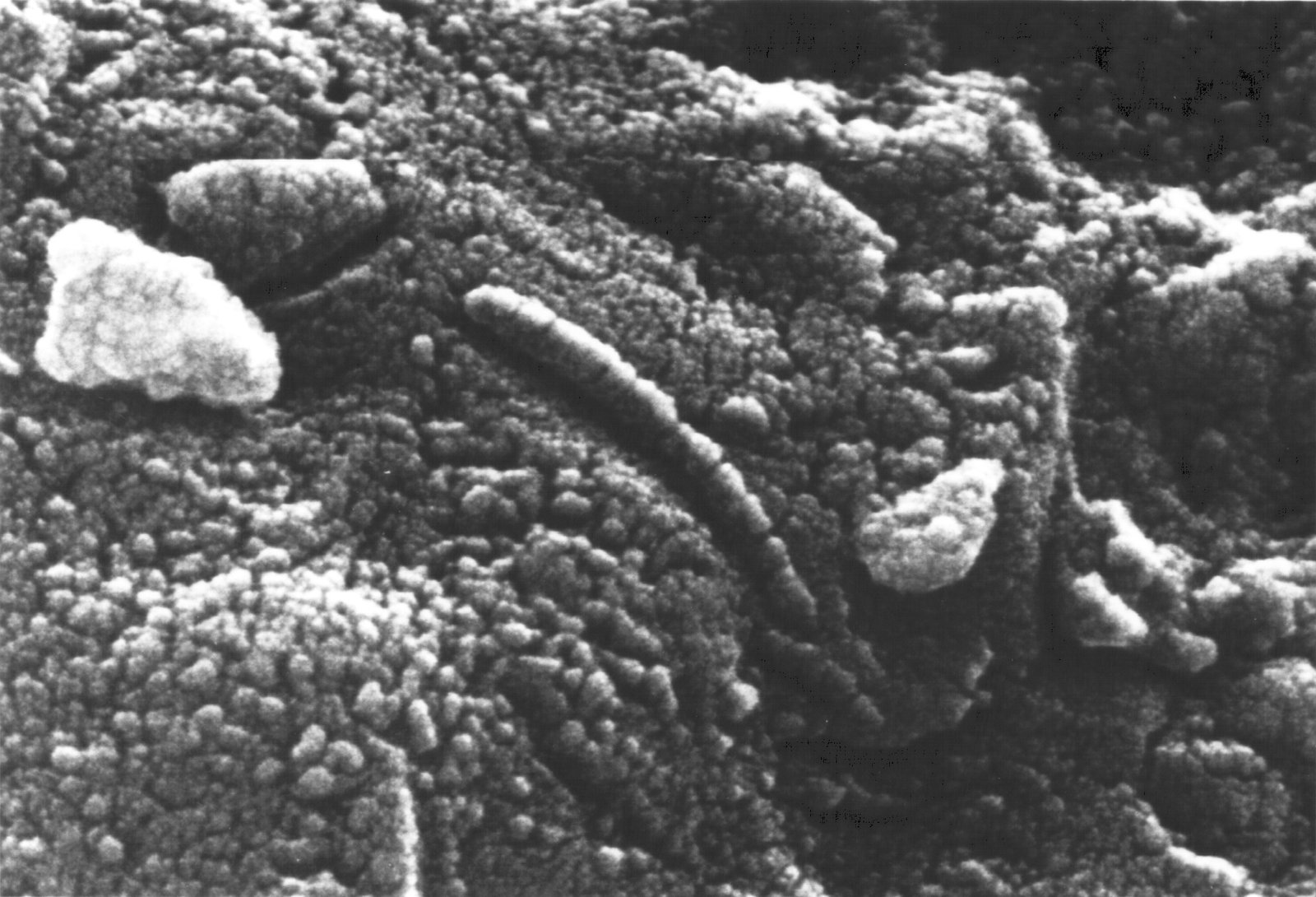
The Panspermia Hypothesis posits that life, or at least the building blocks of life, did not originate on Earth but were instead transported here from elsewhere in the universe. The term “panspermia” is derived from the Greek words “pan” (meaning all) and “sperma” (meaning seed), suggesting that life is seeded throughout the cosmos. It’s an idea that has been around for centuries, with roots tracing back to ancient Greek philosophers. The hypothesis gained traction in the scientific community due to its potential to explain how life could exist in places previously thought inhospitable. By suggesting that life can travel between planets, panspermia opens up the possibility that Earth is not unique in hosting life forms.
The Role of Comets and Asteroids
Comets and asteroids are often considered the primary vehicles for panspermia. These celestial bodies, rich in organic compounds, could potentially harbor life or the ingredients necessary for life. When they collide with a planet, they could deposit these materials, providing a foundation for life to develop. For example, comets are known to contain water and amino acids, both essential for life as we know it. The idea is that during the early formation of the solar system, these bodies could have bombarded Earth, delivering the raw materials needed for life to take root. This bombardment period, known as the Late Heavy Bombardment, aligns with the timeline when life is thought to have first appeared on Earth.
Microbial Hitchhikers: The Possibility of Life Surviving Space Travel
One of the most intriguing aspects of panspermia is the possibility of microorganisms surviving the harsh conditions of space travel. Space is a hostile environment with extreme temperatures, radiation, and a vacuum. However, certain microorganisms, known as extremophiles, have proven themselves to be incredibly resilient. Experiments have shown that some bacteria can survive in space for extended periods, suggesting that life could potentially travel between planets. For instance, the bacterium Deinococcus radiodurans is known for its extraordinary resistance to radiation, making it a prime candidate for interplanetary travel. These microbial hitchhikers could endure the journey through space, eventually finding a suitable environment to thrive.
The Case for Interstellar Dust
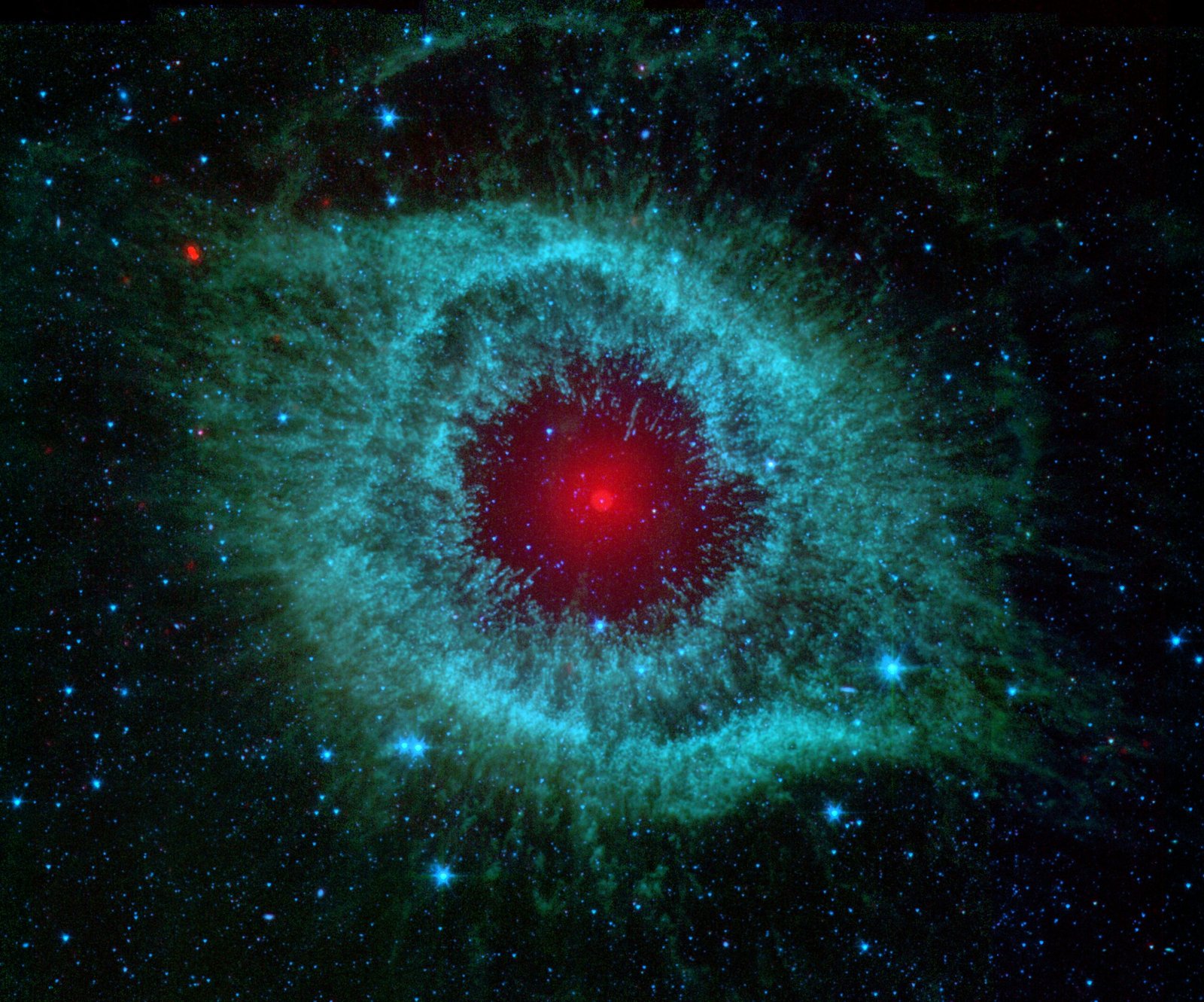
Beyond comets and asteroids, interstellar dust could also play a role in panspermia. This fine material, composed of tiny particles drifting through space, could carry organic compounds or microorganisms across vast distances. The idea is that interstellar dust could act as a conveyor belt, transporting life from one star system to another. Though the distances involved are immense, the sheer abundance of interstellar dust makes it a plausible mechanism for panspermia. If life can hitch a ride on these particles, it could potentially spread throughout the galaxy, seeding life in multiple locations.
Challenges to the Hypothesis
While the panspermia hypothesis is intriguing, it faces several challenges. One major hurdle is the lack of direct evidence. Although we’ve found organic compounds in space, we have yet to find definitive proof of life originating elsewhere and being transported to Earth. Additionally, the harsh conditions of space present significant obstacles to the survival and transport of life. The journey through space is perilous, and the likelihood of life surviving such a trip remains a topic of debate. Furthermore, panspermia raises questions about the origin of life itself—if life didn’t start on Earth, where did it begin?
Scientific Studies and Experiments
To explore the viability of panspermia, scientists have conducted various experiments. These studies focus on understanding how life could survive the journey through space and the impact of extraterrestrial materials on Earth. For instance, experiments on the International Space Station have tested the resilience of microorganisms in space conditions. These studies aim to determine whether life could endure the extreme environment of space travel. Additionally, researchers have examined meteorites that have fallen to Earth, analyzing them for signs of organic compounds or microorganisms. Such investigations help scientists piece together the puzzle of life’s potential cosmic origins.
Implications for the Search for Extraterrestrial Life
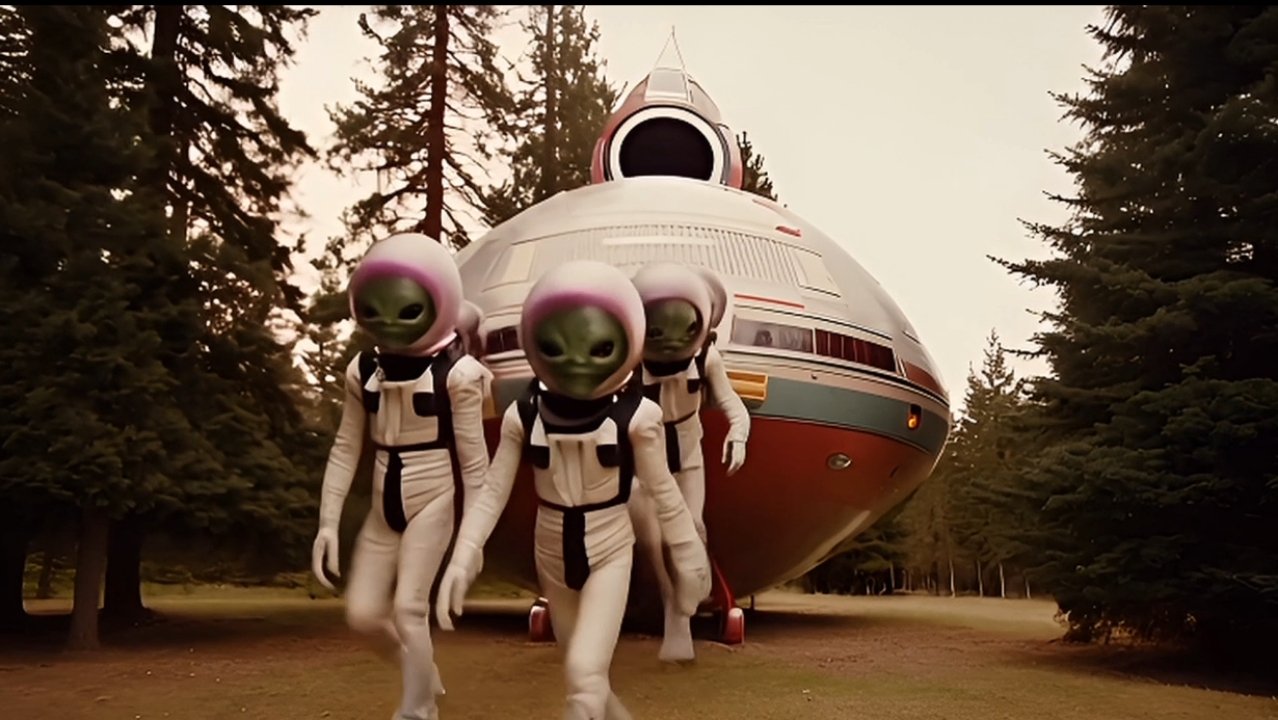
The panspermia hypothesis has significant implications for the search for extraterrestrial life. If life can travel between planets, it suggests that life may be more widespread in the universe than previously thought. This perspective encourages scientists to broaden their search for life beyond the confines of our solar system. It also raises the possibility that life on Earth shares a common ancestry with life elsewhere in the cosmos. The search for extraterrestrial life is no longer just about finding new life forms; it’s about understanding our place in the universe and our connection to other potential life-bearing worlds.
Philosophical and Ethical Considerations
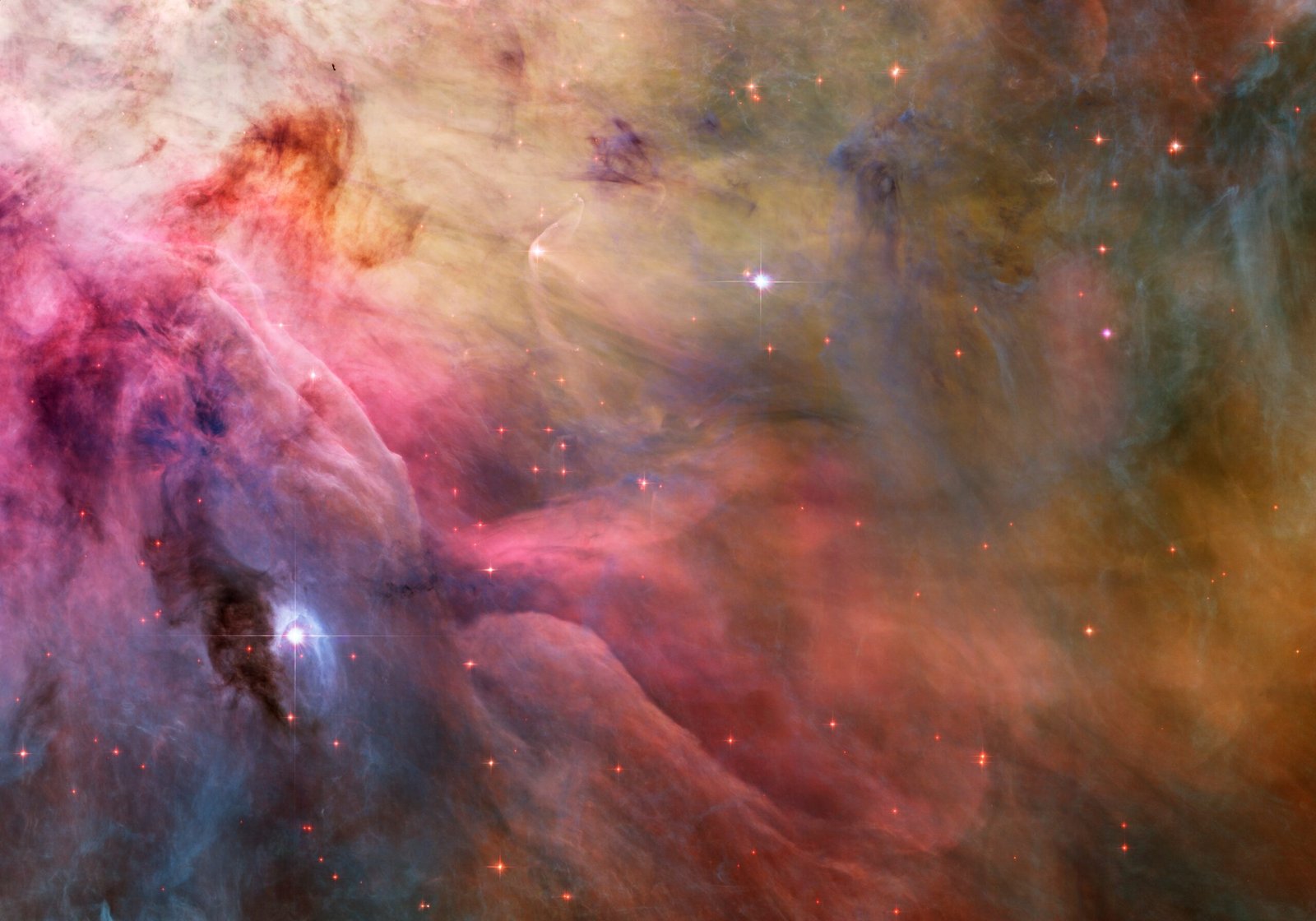
Beyond the scientific implications, the panspermia hypothesis also presents philosophical and ethical questions. If life is indeed ubiquitous in the universe, it challenges our understanding of humanity’s uniqueness and our place in the cosmos. It prompts us to reevaluate our relationship with other life forms and consider the ethical implications of potentially discovering extraterrestrial life. The idea that life could be connected across vast distances encourages a sense of unity and shared existence. It also raises questions about our responsibility to protect and preserve life, both on Earth and potentially elsewhere.
Current Debates and Future Research
The panspermia hypothesis continues to be a topic of debate and research within the scientific community. While it offers a compelling explanation for the origins of life, it remains a hypothesis, requiring further evidence and exploration. Future research aims to uncover more about the conditions necessary for life to thrive in space and the potential for life to exist on other planets. Missions to Mars and the exploration of moons like Europa and Enceladus hold promise for discovering signs of life beyond Earth. As technology advances, so too does our ability to investigate these cosmic questions.
A Cosmic Perspective on Life’s Origins
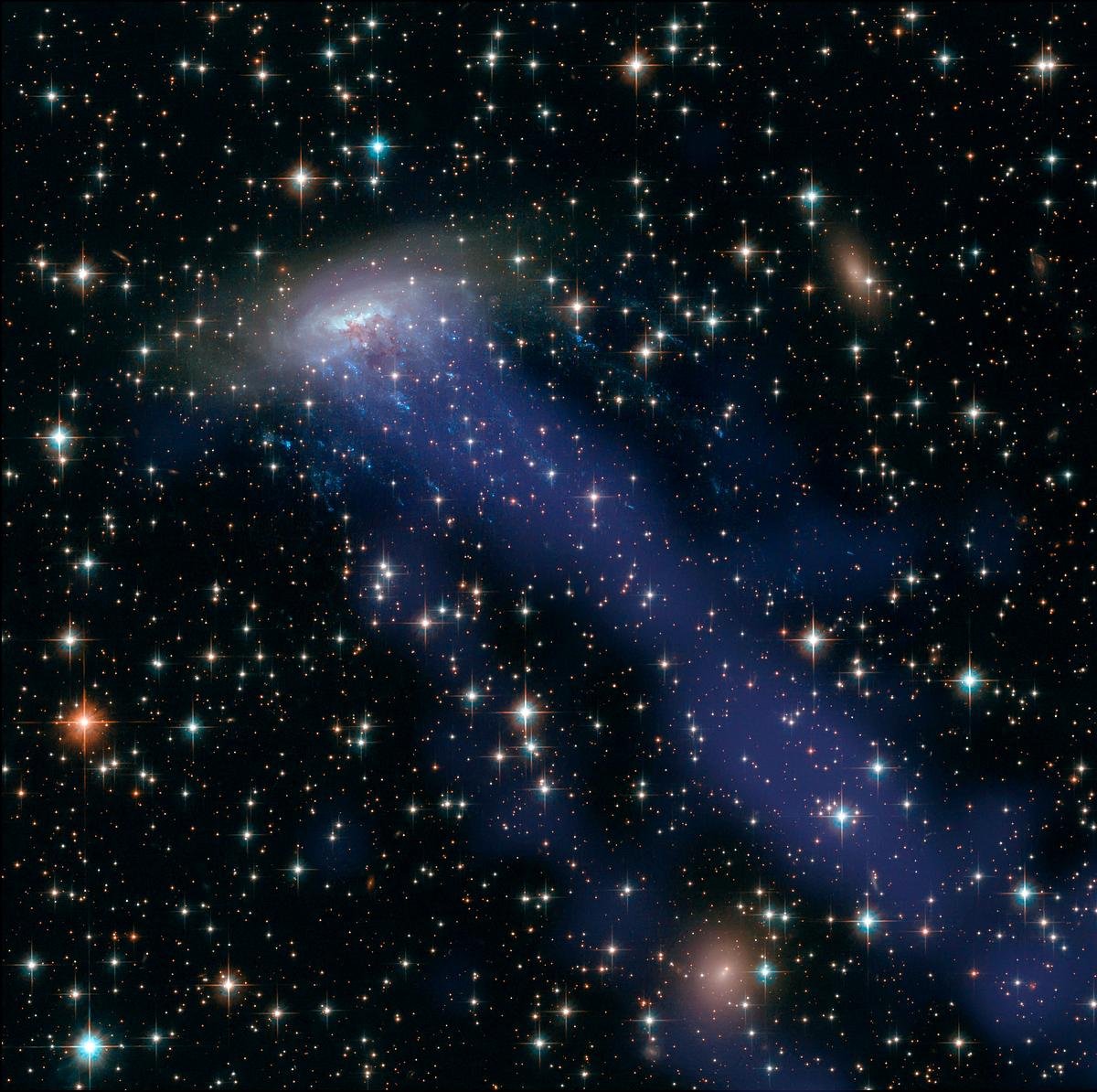
Considering the panspermia hypothesis invites us to adopt a broader, cosmic perspective on the origins of life. It encourages us to look beyond the confines of our planet and consider the universe as a potential cradle for life. Whether or not life on Earth originated from space, the hypothesis challenges us to think about the interconnectedness of all life and the possibility of life existing elsewhere in the universe. This cosmic perspective enriches our understanding of life’s origins and highlights the wonder and mystery of the universe.




